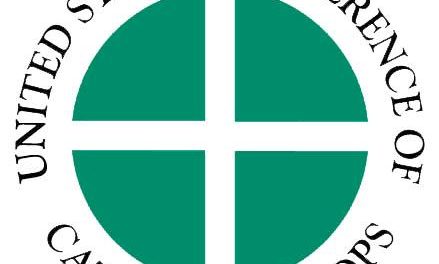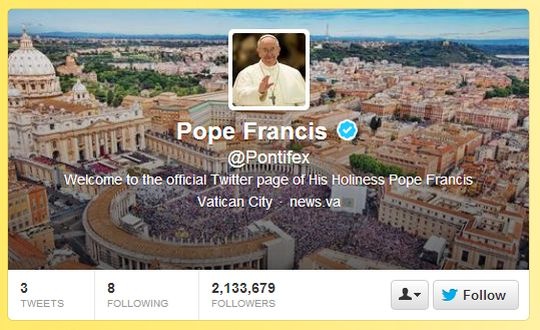Second Sunday of Lent
Genesis 22:1-2, 9a, 10-13, 15-18
Psalm 116:10, 15, 16-17, 18-19
Romans 8:31b-34
Mark 9:2-10
The Transfiguration of Jesus
Having begun our Lenten journey, our path brings us to the foot of a mountain.
With Abraham and Isaac, it is a fearful mountain ordained to be a place of sacrifice. With the Psalmist, it is a dreadful place of agonizing bondage and the snares of death. With the Apostle Paul, we brace ourselves for the accusation and condemnation that will seal our fate.
And here we are, at the foot of a mountain, with Peter, James, and John—as Mark the Evangelist tells us—wondering about signs, hardened hearts, miracles, and the cost of discipleship (Mk 8:1-38).
Before the place of His transfiguration, Jesus reaches out and invites us to go with him a little further—to climb the mountain with Him—away from the morass of distractions, aching worries, and relentless noise. Jesus takes us by the hand and leads us up to a high place on the mountain. A place where we can be alone together.
And what do we find? Well, what do you see, right now?
Where do you find yourself now, in this moment, on this second Sunday of our Lenten journey?
We find ourselves caught between worlds. We watch a drama unfold in the binding of Isaac, yet we’re uncertain of the story that is being told. Eager to orient ourselves, we look to our compass and see that the needle dances between different claims to true north. We feel the unsteady footing of our faith, struggling to follow the example of the one who believes amid affliction—as we lean, totter, and tilt between competing horizons.
We find ourselves sensing, at one moment, nothing but the mundane…and, yet, at the next moment—if you close your eyes and pause to breathe—we glimpse with the eyes of our hearts some meaning-saturated phenomena with Paul: “who can be against us…will he not also give us everything?” But that was fleeting and did it really happen?
We ask that question because we still smell the stale fabric of our covid masks. …because we cannot tune out the drone of email, news, and our expanding to-do list. We fret because family or work or health or life is wounded. Pressed, wrecked, and burdened with worries. We feel the ache of a ruined common life that seems to be overrun with lies, greed, bad-faith arguments, hatred, and violence. We feel small, insignificant, incompetent, and unmoored.
And…yet…there are the promises—the assurance of things hoped for, the conviction of that which is unseen. But that was fleeting and did it really happen?
We are terrified in this place, caught between worlds. It is a terrifying place. It can be a lonely place. It is a place where even a dazzling vision might not be enough to free us from the impulse to control, contain, and classify the brilliance of revelation: “Let us make three tents…”
The eyes of the One who sees all, turn to us and shine with delight. We are lost for words—“he hardly knew what to say”—so the Incarnate Word ministers to our troubled souls. The gift of a gesture that is more than words.
On that mountain, we receive the grace and respite of a cloud. Perhaps a dewy cloud, wet like the cleansing waters of Baptism. Perhaps a heavy cloud, thick like the seal of sacred chrism at Confirmation. Perhaps a warm fragrant cloud, like the rolling-earthy-sweet incense that helps us prepare for the Eucharist. On the mountain, we are quietly and gently wrapped in the embrace of a love that exceeds us.
Covered by a protective shadow, we hear a voice that speaks to us of Jesus: “This is my beloved Son. Listen to him.”
On that mountain of sacrifice, dread, bondage, accusation, and terror: We hear the voice of truth and it tells us a different story. We are brought face to face with Jesus. We look around and find ourselves only with Jesus. The principle of all understanding. The unity in which all contradictions are resolved. The person in whom we find the reconciliation of the human and the divine, the natural and the supernatural, the mundane and the transcendent.
If you open your eyes and pause to listen—we can hear that still, small voice that says “don’t be afraid, I’m still here, I haven’t abandoned you—let’s continue our journey,” As Jesus leads us down the mountain, He tells us “Be patient. The story of this moment, your life, and the story you will tell is not yet finished.”
***

Description of Icon
The Transfiguration of Jesus by Father John Giuliani is a depiction of Jesus’ encounter with Moses and Elijah on Mt. Tabor. All three figures are imaged as Lakota. Moses, wrapped in buffalo hide, wears a Chief’s feathered headdress and carries an eagle wing as a sign of authority. Elijah the prophet carries the peace pipe. Jesus, transfigured as the Anointed One, wears a white Hudson blanket and is encircled by the emanation of celestial light.




